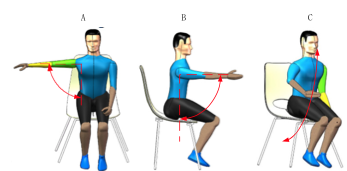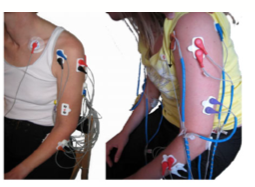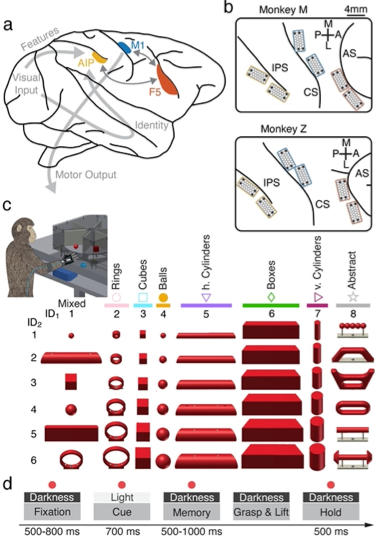The continuous control of rehabilitation robots based on surface electromyography (sEMG) isa natural control strategy that can ensure human safety and ease the discomfort of human-machine coupling.However, current models for estimating movement of the upper limb focus on two dimensions movement,and models of three dimensions movement are too complex. In this paper, a simple-structure temporalinformation-based … Read More “JournalClub: A Continuous Estimation Model of Upper Limb Joint Angles by Using Surface Electromyography and Deep Learning Method” »
Month: March 2021
Objective: Stroke is a leading cause of long-term motor disability. Stroke patients with severe hand weakness do not profit from rehabilitative treatments. Recently, brain-controlled robotics and sequential functional electrical stimulation allowed some improvement. However, for such therapies to succeed, it is required to decode patients’ intentions for different arm movements. Here, we evaluated whether residual … Read More “Decoding upper limb residual muscle activity in severe chronic stroke” »
One of the primary ways we interact with the world is using our hands. In macaques, the circuitspanning the anterior intraparietal area, the hand area of the ventral premotor cortex, and the primarymotor cortex is necessary for transforming visual information into grasping movements. Wehypothesized that a recurrent neural network mimicking the multi-area structure of the … Read More “JournalClub: A neural network model of flexible grasp movement generation” »
Error-related potentials are the neural signature of the error processing in the brain. These event-related potentials can be measured via Electroencephalography (EEG) and are present upon both self-made as well as other’s errors. In our project we are interested in the applications of such signals in brain-computer interfaces. Presented on 03.03.2021 (Aline Xavier Fidêncio) Links: … Read More “ProgressClub: On the application of error-related potentials” »



